What Is Jersey Knit? Soft, Stretchy Fabric Guide
Do you have a favorite t-shirt? The one that’s super soft and comfy? Chances are, it’s made from jersey knit, a popular fabric famous for being soft, slightly stretchy, and exceptionally comfortable. Jersey refers not to the material itself, but to the way the fabric is constructed—through a process called knitting.
You might know it as t-shirt fabric or knit jersey material. In this simple guide, we’ll tell you all about jersey knit. We’ll look at what it’s made from, the different kinds you can find, what it’s used for, and how to take care of it. You will learn what makes this fabric special and why so many people love it.
1. What exactly is jersey knit fabric?
So, what makes jersey fabric special? Jersey fabric is a type of weft knit fabric. This sounds technical, but it just means it’s made from one long thread that is looped together in rows. These rows go across the fabric. Imagine making tiny loops, one after another, in a line. Then, imagine making more lines of loops under that. This specific knit construction gives jersey its unique feel.
Most jersey knit is made on special knitting machines. These machines usually have one set of needles that make all the loops. An interesting thing about jersey knit fabric is that it looks different on the front and back.
- Face: The front side is smooth, with fine, vertical V-shaped stitches called ‘wales’.
- Back: The back side is more textured, with horizontal, wavy-looking rows made of purl stitches.
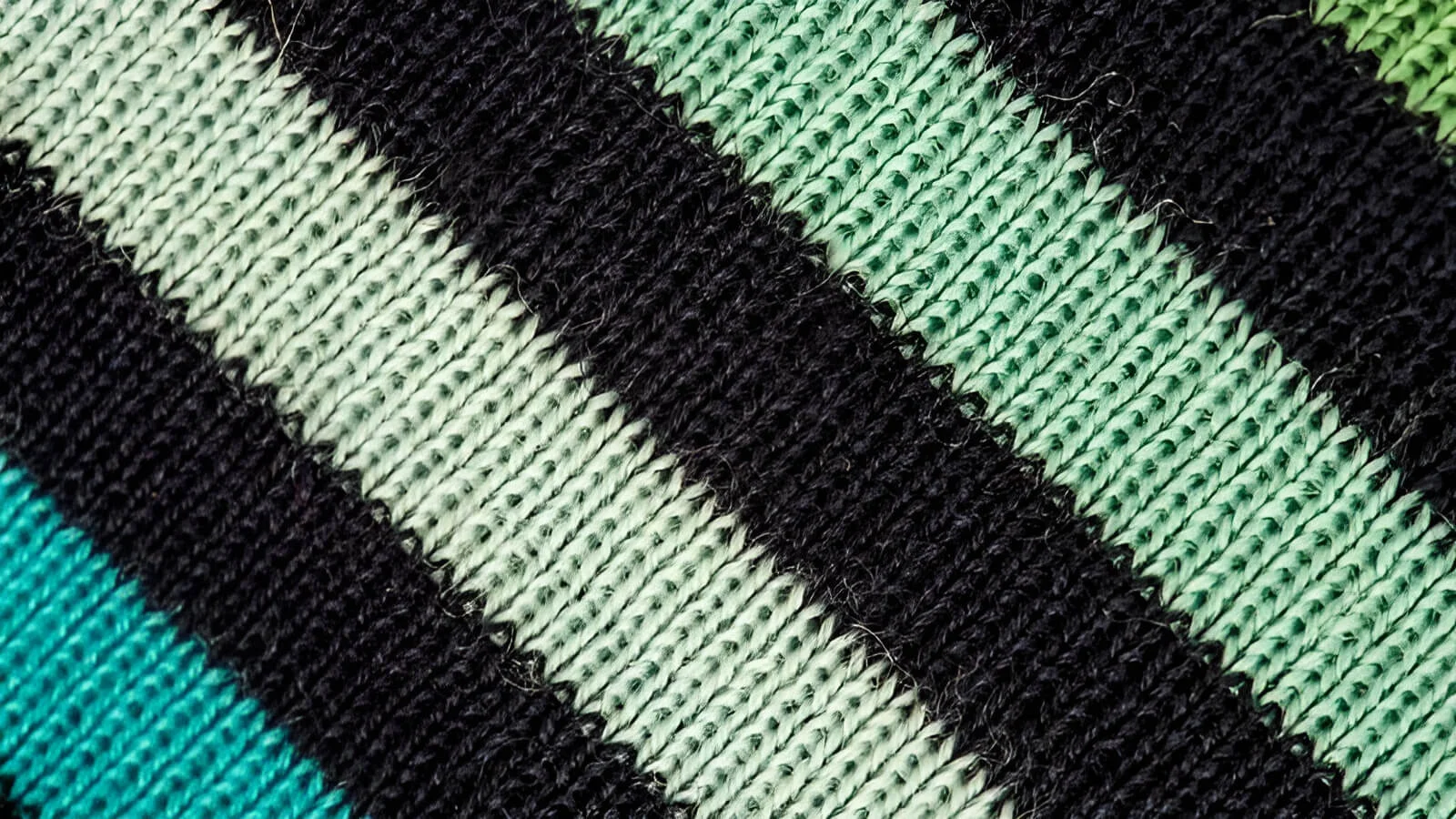
2. A quick look back: Where did jersey knit come from?
The name ‘jersey’ comes from the Island of Jersey. This island is one of the Channel Islands, near England and France. A long time ago, fishermen on the Island of Jersey wore sweaters made from this fabric. It was first made from wool because wool is warm and strong.
Later, a famous fashion designer named Coco Chanel started using jersey fabric for women’s clothes in the early 1900s. She showed that jersey could be comfortable and stylish, not just for work clothes.
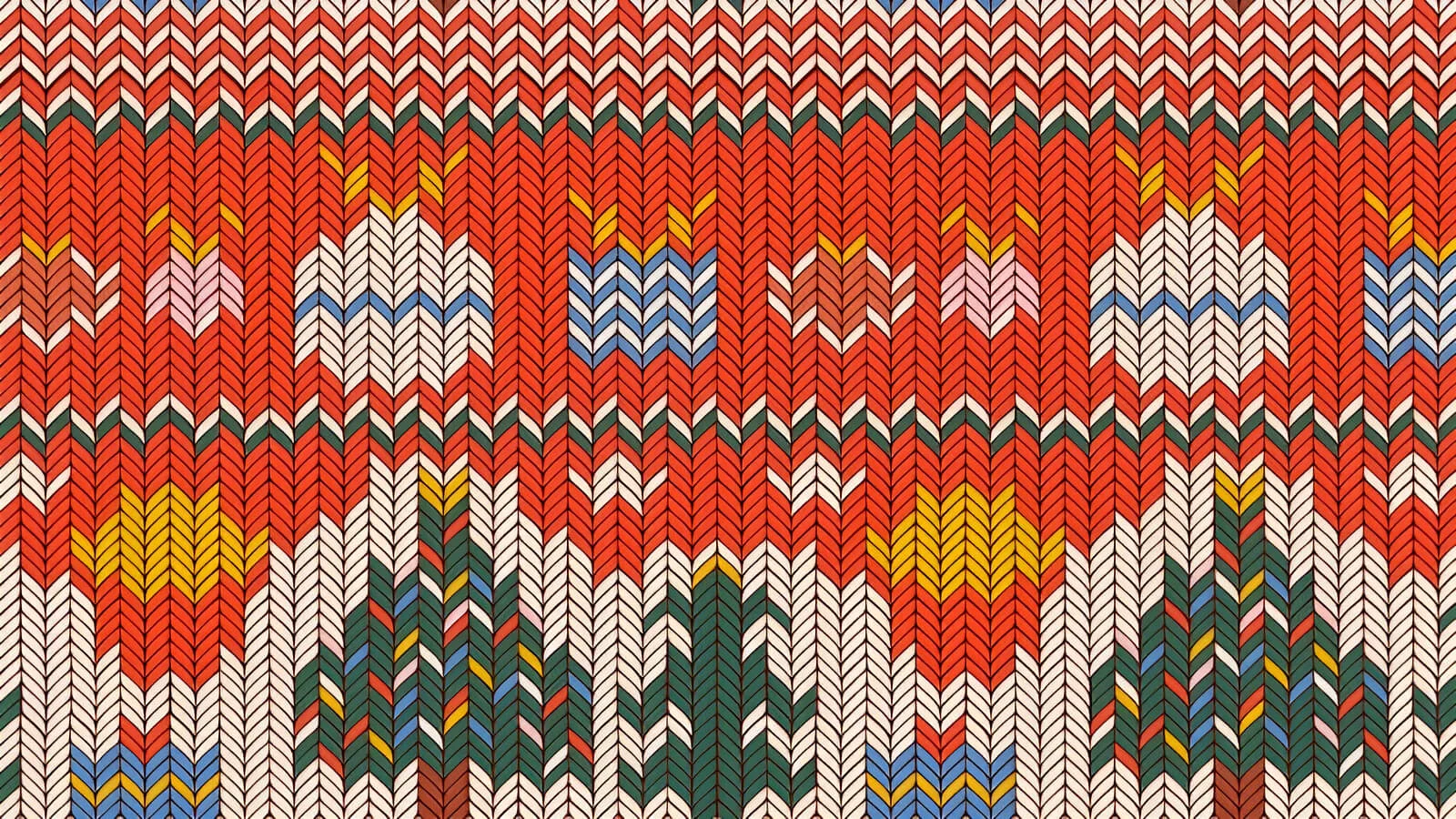
3. What fibers make jersey knit?
It’s important to know that ‘jersey’ is the way the fabric is knitted, not what it’s made of. The fiber composition of jersey knit can vary a lot. Jersey knit can be made from many different kinds of threads, called fibers. Here are some common fibers and their effects:
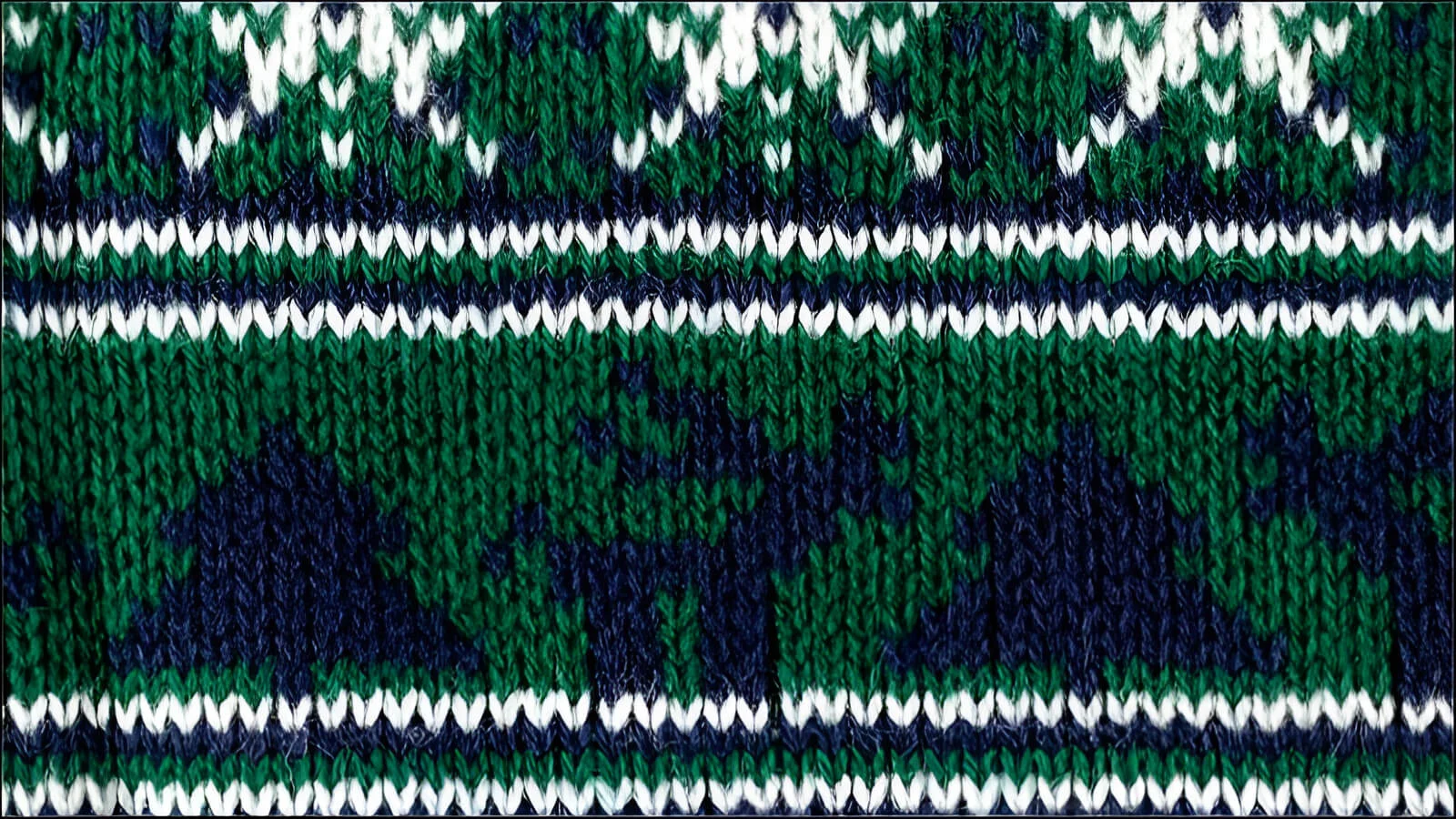
3.1 Cotton jersey
- What it’s like: Very popular. Cotton jersey is usually soft, lets your skin breathe, and feels nice to wear. Its softness and breathability make it a top choice. It also soaks up moisture.
- Used for: T-shirts, clothes for babies, comfy everyday clothes.
3.2 Polyester jersey
- What it’s like: Strong and has good durability. Polyester jersey doesn’t wrinkle easily and dries fast. It’s good for activewear because it can pull sweat away from your skin.
- Used for: Sports clothes, gym tops. Sometimes mixed with cotton.
3.3 Rayon/viscose jersey
- What it’s like: This fabric hangs very nicely. This is called good drape. Rayon jersey is very soft, sometimes feels like silk. It also absorbs moisture.
- Used for: Dresses, tops that flow, skirts.
3.4 Wool jersey
- What it’s like: Warm, naturally stretchy, and lets skin breathe. Not as common for t-shirts today, but still used for some warmer clothes.
3.5 Blended jersey
- What it’s like: Sometimes, different fibers are mixed to make blended jersey. This gives the fabric good things from each fiber.
- Example 1: Cotton/Spandex blend. Spandex makes fabric stretch / stretchy. Adding a little spandex to cotton jersey makes it stretch more and helps it go back to its shape.
- Example 2: Poly/cotton blend. Mixes cotton’s comfort with polyester’s strength and less wrinkling.
4. Types of jersey knit explained
Jersey fabric comes in several types, distinguished by their knit construction. Here are the most common ones:
Single jersey:
- Description: This is the most common type. When people just say ‘jersey,’ they usually mean this single knit fabric. It’s the kind with the smooth ‘V’ stitches on the front and bumpy stitches on the back. It’s usually lighter in weight.
- Key Feature: Remember, its edges curl when cut.
- Uses: T-shirts, dresses, comfortable home clothes.
Double knit:
- Description: This type is made with two sets of knitting needles. It’s like two layers of jersey knitted together so they are locked. This is called interlock.
- Key Features: Double knit/interlock is thicker, heavier, and feels more stable than single jersey. Both sides of the fabric look the same – like the smooth front side of single jersey. Its edges do not curl.
- Uses: Polo shirts, clothes that need a bit more shape, good quality baby clothes (because it’s strong and stable).
Stretch jersey:
- Description: This is usually single jersey, but it has a small amount of a very stretchy fiber like Spandex or Lycra mixed in. For example, 95% cotton and 5% Spandex.
- Key Features: Stretch jersey can stretch a lot, and it usually goes back to its original shape well. How much it stretches depends on the elasticity percentage – like how much Spandex is in it.
- Uses: Leggings, sports clothes, tight-fitting tops, t-shirts that you want to keep their shape.
Jacquard jersey:
- Description: This jacquard jersey has a pattern knitted right into the fabric. The pattern can be created using different colored threads or by varying the texture of the knit stitches, resulting in a fabric with a built-in, often raised design.
- Uses: Sweaters, dresses, clothes with special designs.
Slub jersey:
- Description: This slub jersey is made with a special yarn called ‘slub yarn.’ Slub yarn has some parts that are thicker and some parts that are thinner.
- Key Features: This creates a fabric with a unique, textured appearance, featuring subtle thick and thin lines. It often has a more casual, vintage feel.
- Uses: Fashion t-shirts, casual tops, dresses.
Here’s a simple comparison:
| Type of jersey | Looks like | Edges curl? | Stretch level | Good for… |
|---|---|---|---|---|
| Single jersey | Smooth front, bumpy back | Yes | Medium | T-shirts, light dresses |
| Double knit/interlock | Smooth on both sides | No | Low-Medium | Polo shirts, sturdier clothes |
| Stretch jersey | Like single jersey, but extra stretchy | Yes | High | Leggings, sports clothes |
| Jacquard jersey | Has a pattern knitted in | Depends | Varies | Patterned clothes, sweaters |
| Slub jersey | Textured with thick/thin lines | Yes | Medium | Casual, vintage-look t-shirts |
5. Why choose jersey knit? Key features & benefits
People love jersey knit for many reasons. Here are its key features and benefits:
- Softness: Jersey knit is beloved for its exceptional softness, making it comfortable for everyday wear.
- Stretch and recovery: Its inherent elasticity allows it to stretch with movement. When blended with fibers like spandex, it has excellent “stretch recovery,” meaning it snaps back to its original shape.
- Breathability: Many jersey fabrics, especially cotton, are breathable, allowing air to circulate and keep you cool.
- Drape: Certain jersey knits, like those made from rayon, have a lovely, flowing drape that is flattering for dresses and loose tops.
- Wrinkle resistance: Jersey is less prone to wrinkling than woven fabrics, especially polyester blends. This means less ironing is required.
However, there are a few things to know:
- Edges curling: If you are sewing with single jersey, the cut edges can curl up. This can make it a little tricky for beginners.
- Pilling: Sometimes, after a lot of wear and washing, some jersey fabrics can get tiny little balls of fiber on the surface. This is called pilling. This is more common with lower quality fabrics or certain fiber types.
- Shape: Pure cotton jersey without any spandex might sometimes stretch out of shape over time more than jersey with spandex in it.
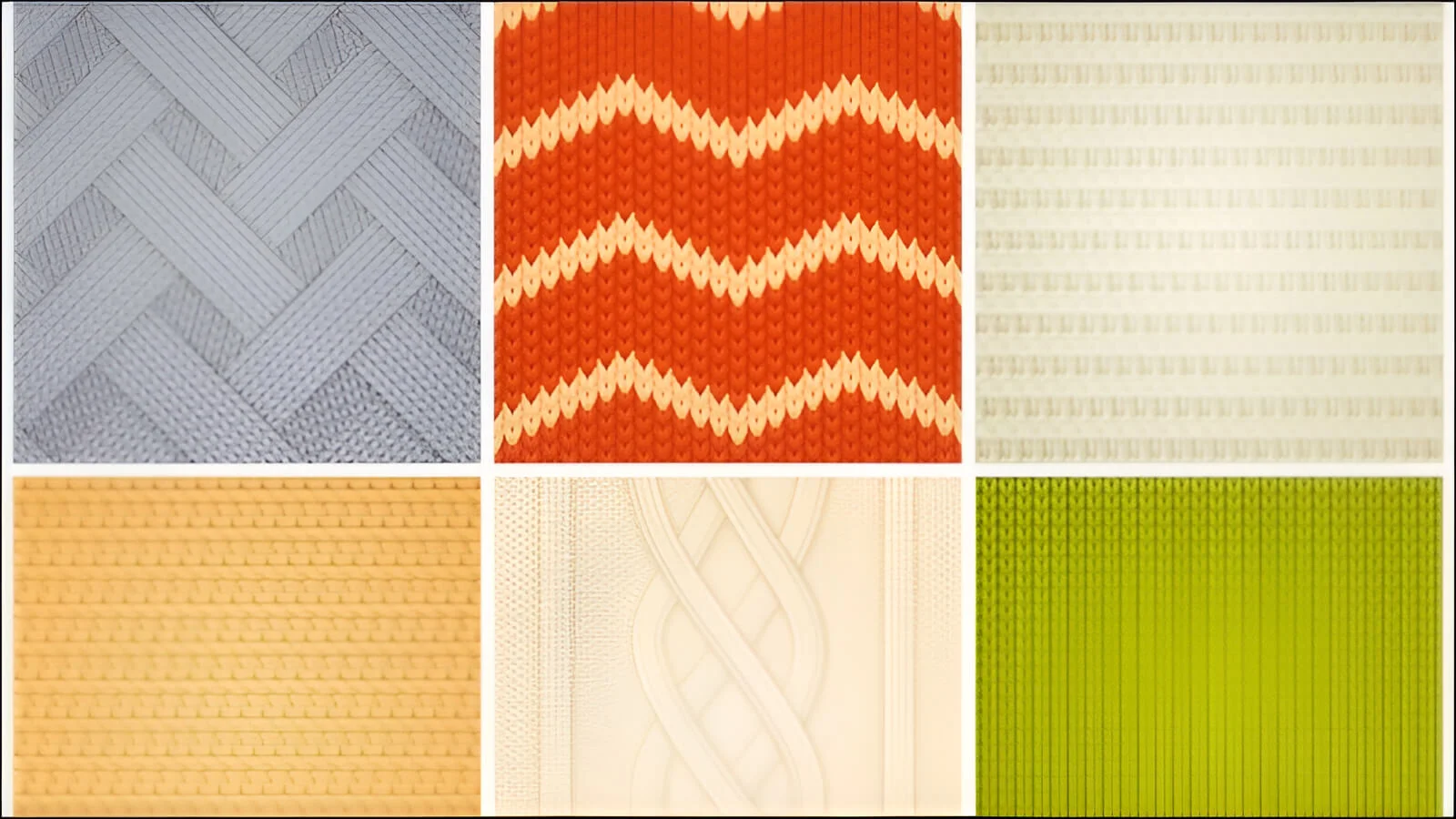
6. What is jersey knit used for? Common applications
Jersey knit is used for many different things. Here are some common applications:
Clothing:
- T-shirts: This is what jersey knit is most famous for! It’s perfect for comfortable, everyday T-shirts.
- Dresses & skirts: Great for comfy, casual dresses and skirts, especially ones that flow. Think summer dresses or long, soft maxi skirts.
- Sportswear & activewear: Because it can stretch and often breathes well, it’s used a lot for gym clothes, yoga wear, and running tops. This makes it ideal for activewear.
- Loungewear & pajamas: Super soft and comfy, so it’s perfect for loungewear you wear to relax at home or to sleep in.
- Underwear & base layers: Its softness and stretch make it good for clothes worn right next to your skin.
- Baby clothes: Wonderful for baby clothes because it’s soft, stretchy, and usually easy to wash.
Other Uses:
- Bed sheets & bedding: Some people love jersey bed sheets because they feel like a soft t-shirt and have a little stretch.
For example, T-shirts are great in jersey because it’s soft and breathable. Sports clothes use jersey for its stretch and ability to pull sweat away (if it’s polyester). If you are making clothes like T-shirts or activewear from jersey knit, the right label is important.
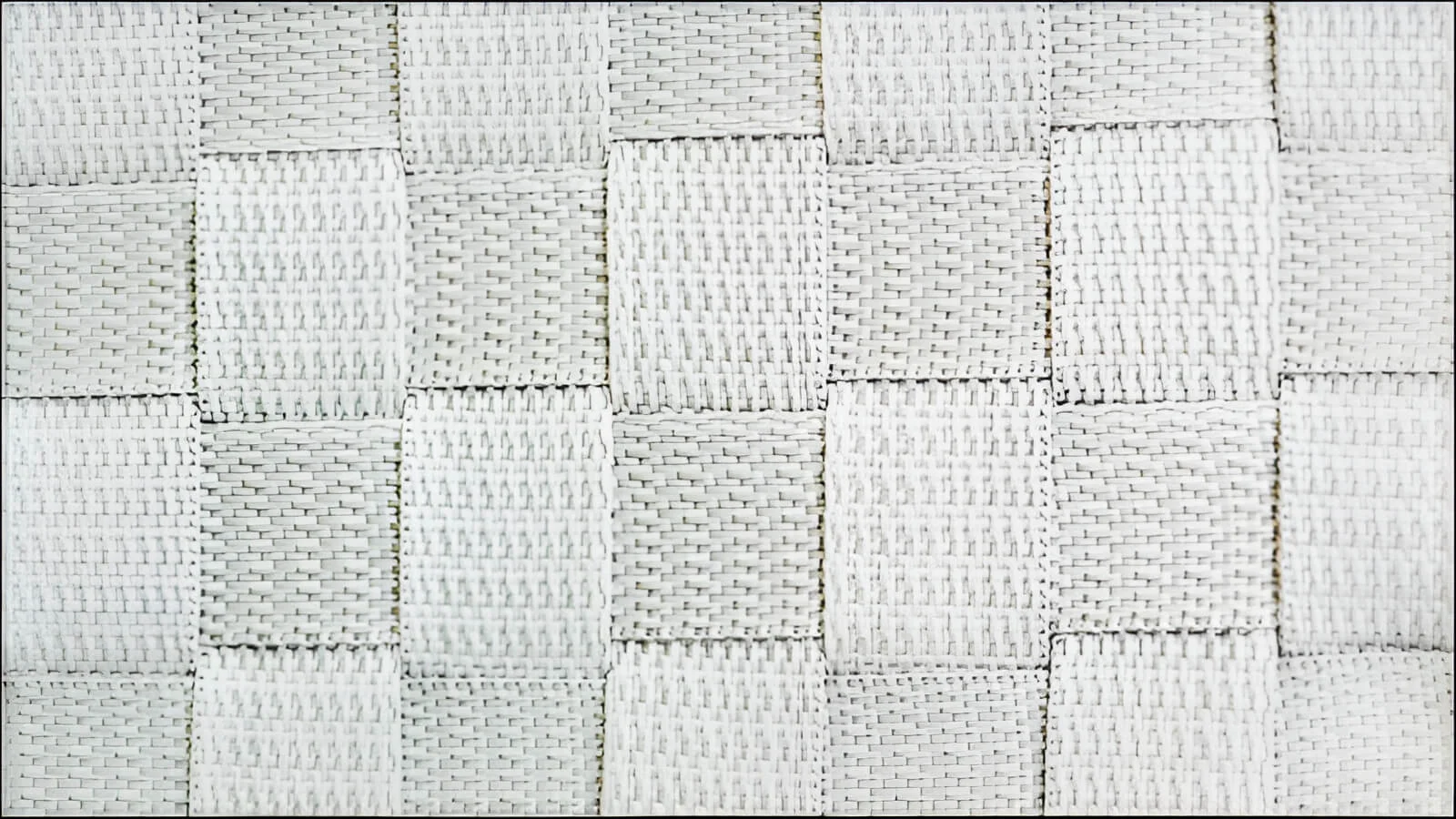
7. Tips for sewing with jersey knit material
Sewing with jersey knit can be straightforward with a few key tips:
- Use the right needle: This is very important! Use a ballpoint needle or a stretch needle. These needles have a rounded tip. They slide between the fabric threads instead of poking holes, which can damage knits.
- Choose the right stitch: A normal straight stitch will likely break when jersey stretches. Use a zigzag stitch or a special stretch stitch. If you have a serger (or overlocker), that’s great for sewing jersey.
- Don’t stretch while sewing: Let the sewing machine feed the fabric. Pulling or stretching jersey while sewing can make seams wavy.
- Think about a walking foot: A walking foot helps feed both layers of fabric evenly. This is good for stretchy fabrics like jersey.
- Finish your seams: Single jersey edges curl. Finishing inside seams with a serger or zigzag stitch makes them neater and last longer.
- Wash your fabric first: Wash and dry your jersey fabric before cutting. Some jersey, especially cotton, can shrink.
- Be careful when cutting: Jersey can be slippery. Lay it flat. A rotary cutter and a cutting mat can help you cut more accurately than scissors.
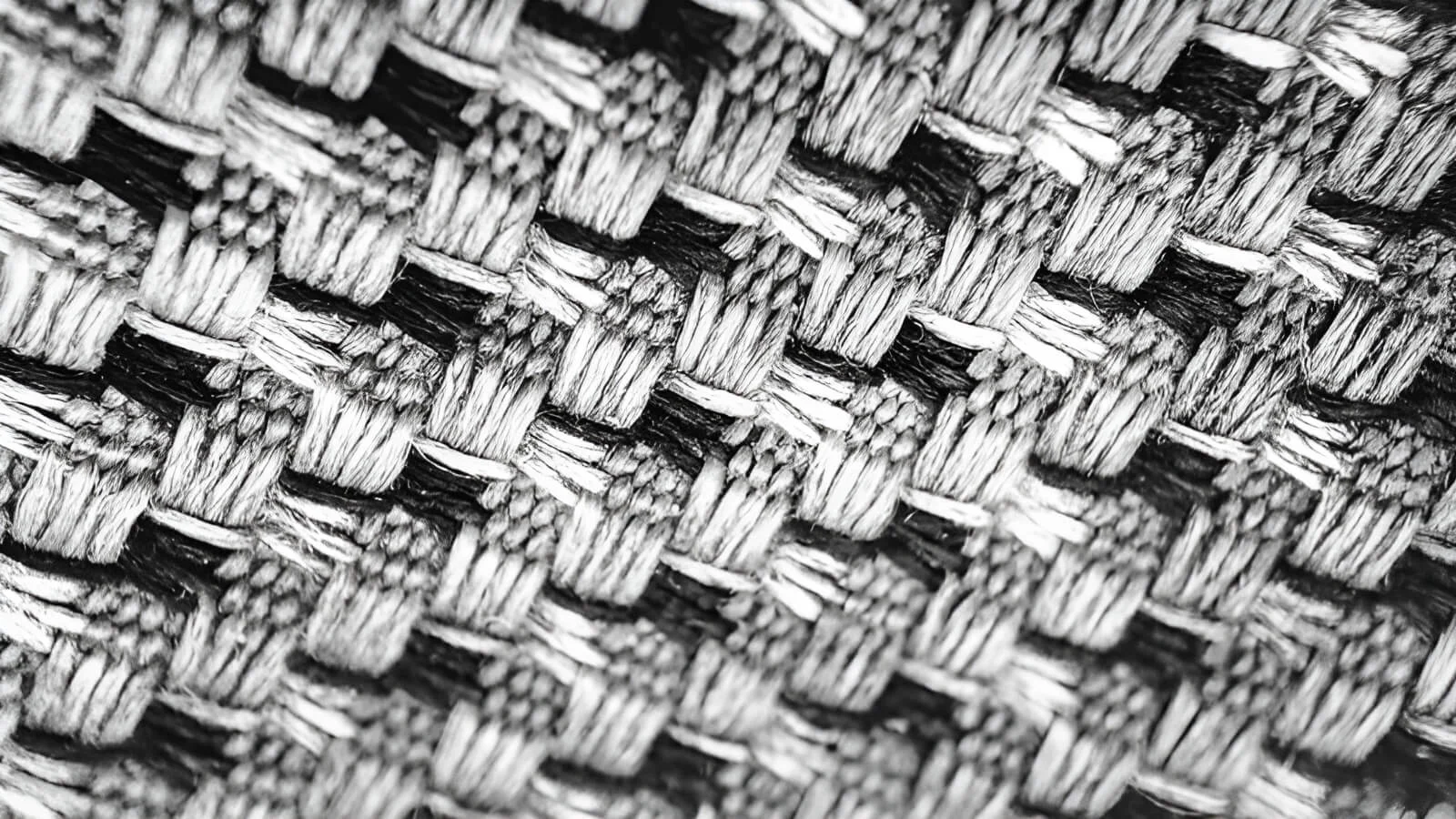
8. How to care for your jersey knit items
Proper care will help maintain the quality and longevity of your jersey knit clothing. Follow these tips:
Most important tip: Read the care label! Always look for the care instruction label first. It tells you how to wash and dry that specific item.
General washing tips:
- Water temperature: Usually, wash jersey in cold or cool water. Hot water can shrink cotton or damage fibers.
- Washing machine cycle: Use a gentle cycle or delicate cycle.
- Soap: A mild detergent is often best.
Drying your jersey:
- In the dryer: Use a low heat setting. Take clothes out as soon as they are dry.
- Best way: Lay flat or hang to dry: This helps prevent shrinking or stretching and makes clothes last longer.
Ironing jersey:
- Use a low to medium heat setting.
- It’s often better to iron on the reverse side.
- Be very careful with polyester jersey – it can melt if the iron is too hot!
How to stop pilling: Wash jersey clothes inside out. Use a gentle cycle.
Storing jersey clothes: It’s usually better to fold knit clothes like jersey. Hanging heavy jersey items might stretch them at the shoulders.

9. Jersey knit vs. other knits: a quick comparison
Jersey is one of many different types of knit fabrics. Here’s a quick look at how jersey differs from some others:
- Jersey: Usually made with one set of needles. Smooth front, bumpy back. Edges curl. Good stretch.
- Interlock knit: Different from jersey because: It’s like two layers of jersey knitted together. Both sides look smooth. Edges don’t curl. Thicker and more stable.
- Rib knit: Different from jersey because: Clear vertical lines on both sides. Very stretchy sideways.
- French terry knit: Different from jersey because: Smooth front like jersey. Back side has tiny loops.
Explore more:
From its origins on the Island of Jersey to its status as a modern wardrobe staple, jersey knit is celebrated for its signature softness, comfortable stretch, and breathability. Its versatility is undeniable, appearing in everything from your favorite T-shirt and activewear to cozy loungewear and even soft bed sheets. It’s a fabric that’s easy to wear and easy to love.
If you’re creating apparel or other products with this versatile fabric, the final branding details are what make your items stand out. At Packlove, we specialize in high-quality, custom clothing tags and labels that provide the perfect finishing touch for your jersey knit creations.






















